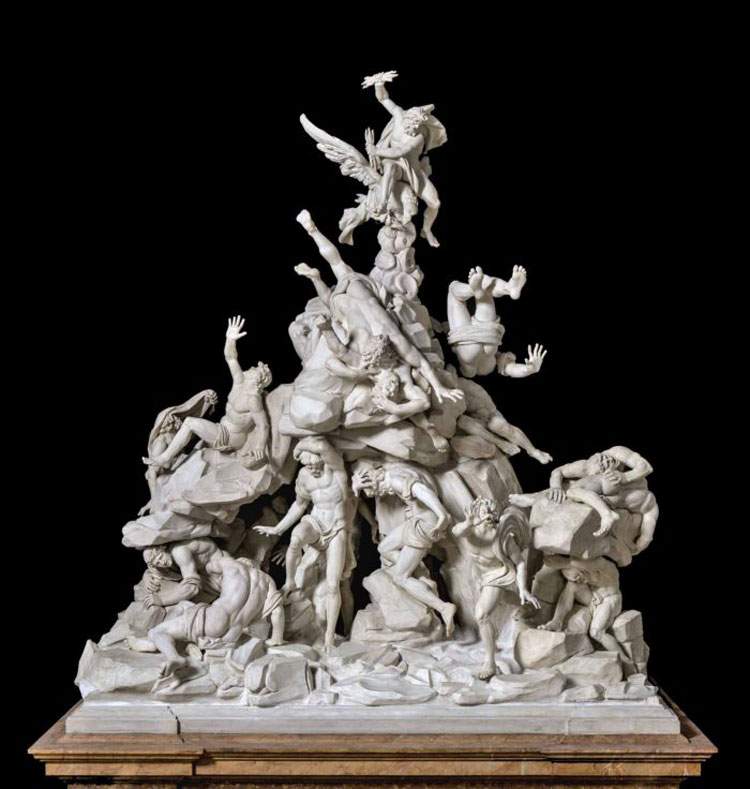On the occasion of Buongiorno Ceramica 2020, which this year will be entirely digital, the Capodimonte Museum and Real Bosco is participating with two events.
On Saturday, May 16, a text dedicated to the porcelain and majolica collections of the Capodimonte collections, edited by Maria Rosaria Sansone and Alessandra Zaccagnini, assistants in the Scientific Department for Decorative Arts (Porcelain and Ceramics), will be published on the museum’s website. In fact, the Museum holds one of the most important porcelain collections in Europe, which in the next two years will be the subject of a ’major operation of rearrangement and enhancement. Porcelain and earthenware are closely linked to the nature of the site: not only is the name of Capodimonte closely connected to that of the Porcelain Manufactory wanted and financed by Charles of Bourbon, but at Capodimonte, in the post-Unitarian era, the extremely rich ceramic collections of Bourbon origin scattered throughout the various royal sites were concentrated and brought together. Exhibited in the various displays of the nineteenth and twentieth centuries only in small part, the porcelains and earthenwares will be displayed to the public in their entirety, with a “Cabinet” arrangement that will enhance not only their quality but also their number and variety. The collection consists of more than 6,000 pieces including porcelain, biscuits, majolica and earthenware and includes objects from the most important Italian and European manufactures active between the 18th and 19th centuries.
On Sunday, May 17, a text on the Historic Porcelain Manufactory of Capodimonte and the International School of Porcelain will be published instead, edited by school head Valter Luca De Bartolomeis of the “Caselli-De Sanctis” Rarely Adressed Institute. The Royal Porcelain Factory was founded by Charles of Bourbon in 1743, and in 1961, in the Queen’s Casina, the“Caselli-De Sanctis” Rare-Address High School was established with the aim of continuing the ancient craft tradition and experimenting with innovations in porcelain. The decision to unite the school and the factory in the same old buildings, inside the Bosco, symbolically represents the intention to draw a line of continuity with the past. The Real Fabbrica continues to produce, while the school continues in the ancient tradition with the technical innovation of contemporary reality.
Pictured is one of the ceramics depicting the Fall of the Giants.
 |
| On the occasion of Buongiorno Ceramica, the Capodimonte Museum presents its famous ceramic collections |
Warning: the translation into English of the original Italian article was created using automatic tools. We undertake to review all articles, but we do not guarantee the total absence of inaccuracies in the translation due to the program. You can find the original by clicking on the ITA button. If you find any mistake,please contact us.